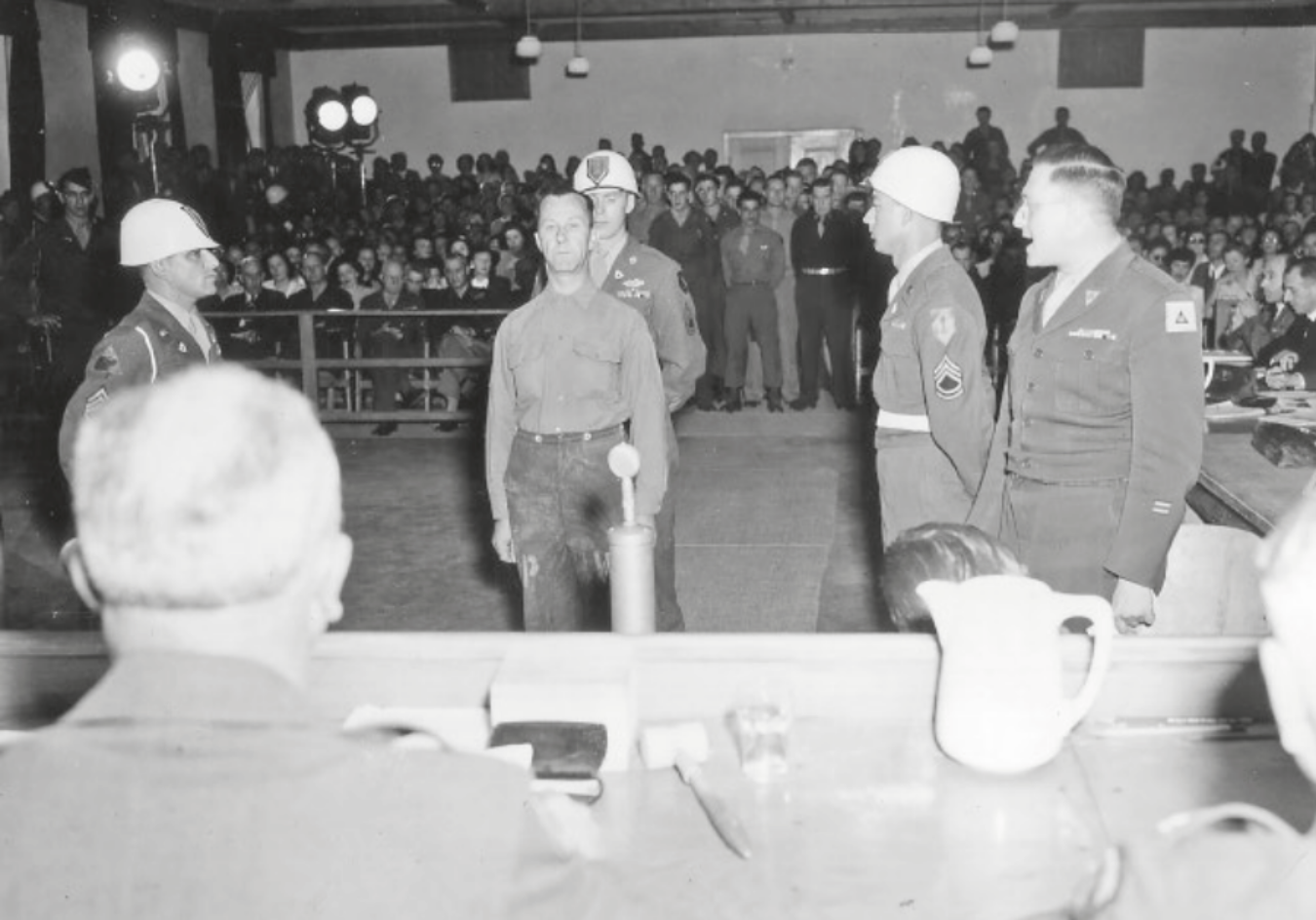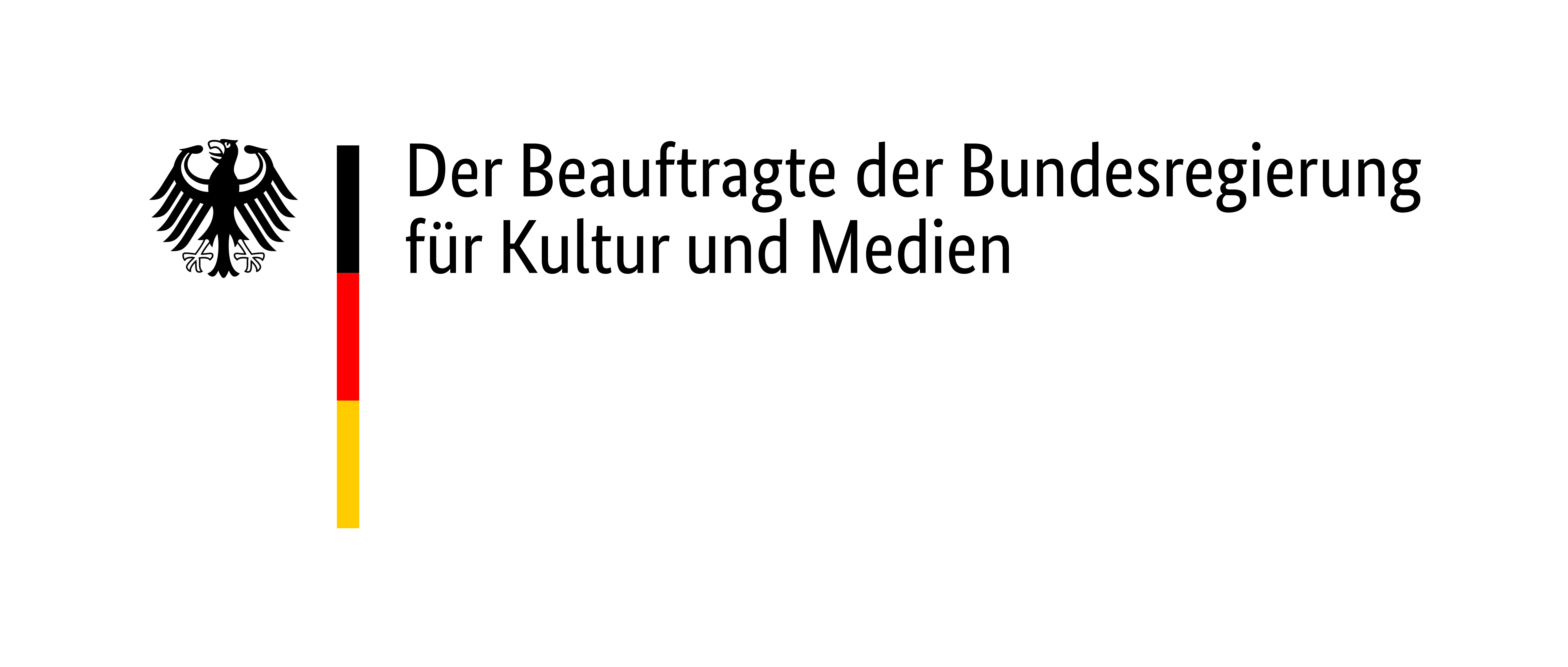
The Frenchman Michel Julien describes the SS men who were captured by liberated prisoners and detained in Block 17, the former quarantine block:
“I walk past Block 17, the transit block [...]. Captured SS men walk back and forth behind the barbed wire, some slowly, others nervously, they all avoid looking at the gawkers. Some insults are hurled, some calls to kill are uttered. But most of the now former prisoners stare at the imprisoned men and appear not to understand the new situation: themselves, the barbed wire, the SS men.”
Michel Julien, Souvenirs de Captivité (unveröffentlichter Bericht), 1984. Buchenwald memorial







On 11 April 1945 and the following days, liberated prisoners captured several dozen SS men who had fled or hid in the vicinity of the camp. Exactly how many were caught is not known. In some cases, revenge immediately was taken. The International Camp Committee handed the prisoners over to the U.S. Army. American investigation teams documented evidence of the crimes at the site, collected witness statements and drew up wanted lists. They also secured three tons of documents from the SS camp administration. Their work formed the basis for the trials that American military tribunals conducted two years later in Dachau against SS personnel from Buchenwald.

